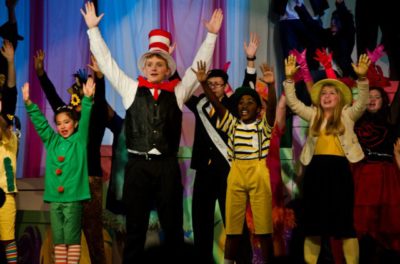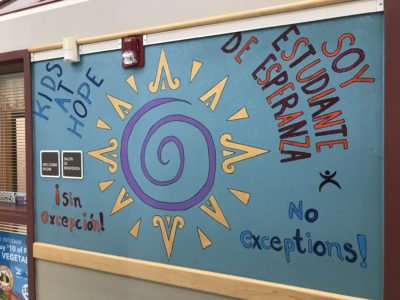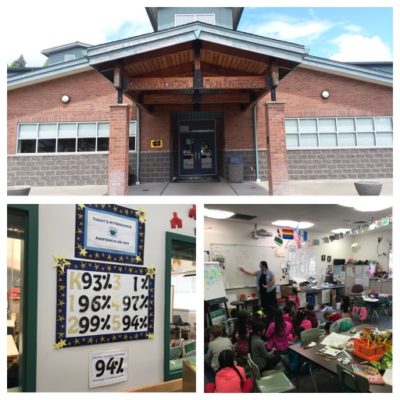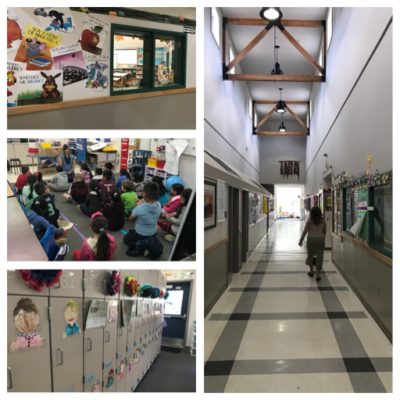On Wednesday, the Supreme Court of the United States (SCOTUS for us Supreme Court watchers) released their opinion on the case of Janus v. American Federation of State, County, and Municipal Employees, Council 31. For the majority and dissenting opinions visit: https://www.supremecourt.gov/opinions/17pdf/16-1466_2b3j.pdf.
Janus, as it’s popularly known, reverses an earlier decision (Abood v. Detroit Board of Education) made by the Court in 1977. In Abood, the Court ruled that a public sector union could charge an agency fee to any person who decided not to be a member of the public sector union. This fee is charged for the work that the union does on behalf of all of it’s represented population, not just it’s members. For example, when I, a local association president, go in to negotiate our collective bargaining agreement (CBA) with the school district, that CBA addresses the work environment, compensation, and benefits for all teachers, counselors, school psychologists, instructional coaches, etc.. not just the dues paying members of the union. This fee provides our local union officers compensation for the work that we do on behalf of the fee payer. In Washington State, agency fee payers can complete paperwork asking for reimbursement for any of those fees that have not been spent on their behalf but paid out for/toward activities/benefits that only members of the association can access (such as members only scholarships).
This isn’t the first time a case has come to the Court on this issue. Two years ago I wrote about the Frederich case here https://storiesfromschool.org/understanding-the-frederich-case/. This might help break down the challenges to a case like this and address some legal lingo associated with Janus, as well. The Court ruled 4-4 in Frederich (Associate Justice Scalia had recently passed away and his seat remained vacant, hence only 8 members of this court).
So, two years later, with a Court of nine, the question posed in Janus is whether requiring an individual to pay the agency fee to a union is a violation of the individual’s First Amendment right to free speech. The argument made by Janus and ruled by the majority of the Court (5-4) was that Janus’s requirement to pay the fee to a public sector union represents his agreement with speech that he may not condone. Therefore his right to free speech was infringed upon by having to pay the agency fee.
So, on Wednesday, the Supreme Court issued their opinion and here’s what it boils down to:
- Agency fee payer status does not exist in public sector unions.
- Some teachers may choose to no longer become members because they want to save some money.
- Those non members have lost a right to union representation (including legal representation) in any disciplinary meeting unless (according to footnote 6 on page 22 of the decision) the nonmember asks for representation by the union. Then, the union may charge a fee for that grievance procedure.
- Fewer local dollars coming into the local union ultimately means fewer funds available to do the work.
Why is this of concern? Well here’s what our local association does:
- We provide 3 scholarships to local graduating seniors.
- We provide money in the form of grants to support classroom teachers. Our teachers use this to buy library books, guitar strings, classroom snacks, materials, calculators, copy paper, student novels, etc…
- We provide scholarships to our members. This has purchased: robots for student use, guitars, attendance at college classes, and professional development at our local ESD.
- We provide dinners and refreshments for evening parent teacher conferences so teachers can be fed when they have to stay at school late.
- We bargain benefits, work environment, employee rights, and now, salaries.
These dollars support teaching and learning
It’s not that I can’t see the argument held by the Majority in Janus. I’m an AP Government teacher who teaches civil liberties and the judicial process to my students each year. While it might be a fair argument to make, as a government and politics teacher, I learned a long time ago to see competing arguments as just that. As a teacher and advocate for civic engagement, I instead encourage my students to embrace questions instead of opinions. So here are my questions:
- What will bargaining look like now?
- Will our local members remain committed to one another?
And here’s the big question:
- Will our association continue to serve as a beacon of teacher leadership and strong student advocacy if resources are depleted?
 “Mommy made me mash my M&M’s,” trills from the nervous troupe of twenty-five on the stage. Kindergarten to high school, these children are all warming up their voices for this summer’s presentation of “Alice in Wonderland” to be presented at our community theater. It is an all-children production; children will be acting, building sets, running lights and generally spending their summer months of June and July busily learning the art of theater. Wow! It is a whirlwind of creativity and intense focus!
“Mommy made me mash my M&M’s,” trills from the nervous troupe of twenty-five on the stage. Kindergarten to high school, these children are all warming up their voices for this summer’s presentation of “Alice in Wonderland” to be presented at our community theater. It is an all-children production; children will be acting, building sets, running lights and generally spending their summer months of June and July busily learning the art of theater. Wow! It is a whirlwind of creativity and intense focus! The Office of the Superintendent of Public Instruction recently convened a task force for the purpose of expanding
The Office of the Superintendent of Public Instruction recently convened a task force for the purpose of expanding  One program in particular, though, serves as a model for the potential outcomes of successfully implementing dual language throughout a school –
One program in particular, though, serves as a model for the potential outcomes of successfully implementing dual language throughout a school –  I had the pleasure of meeting the pre-school teacher, Celia Butler. She is from Columbia. Her passion was clear from the moment I walked into her classroom and her connection with her students was inspiring. She greeted her students in English and in Spanish and had a room rich in color and in language. Each tiny student who came in, greeted their teacher with “Good Morning” and a hug. There was love in her classroom – an uplifting community to get them started on there journey through school. This classroom is representative of all the classrooms in this school. This in and of itself shows the community and engagement in a dual language environment.
I had the pleasure of meeting the pre-school teacher, Celia Butler. She is from Columbia. Her passion was clear from the moment I walked into her classroom and her connection with her students was inspiring. She greeted her students in English and in Spanish and had a room rich in color and in language. Each tiny student who came in, greeted their teacher with “Good Morning” and a hug. There was love in her classroom – an uplifting community to get them started on there journey through school. This classroom is representative of all the classrooms in this school. This in and of itself shows the community and engagement in a dual language environment.